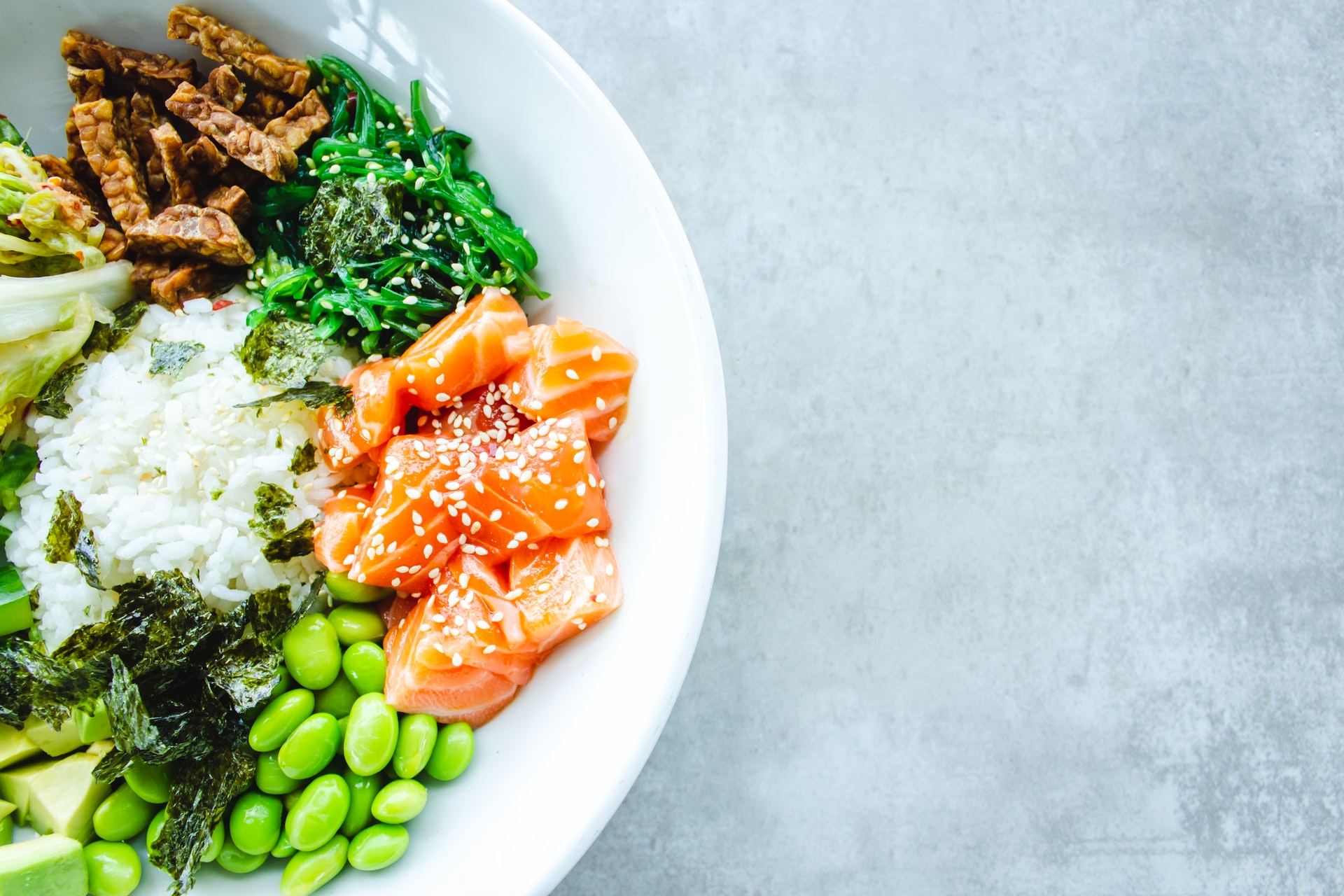
We are a reader-supported education publication. When you buy through links on our site, we may earn an affiliate commission to help us keep providing content.
You might be one of the many who associate college life with the pizza and ramen diet. However, relying on foods laden with white flour and empty calories isn’t the best way to nourish your brain for all that studying. You need the right combination of nutrients for mind power — but how are you supposed to achieve it without a kitchen or much of a food budget?
Have no fear. Eating well and nutritiously while enrolled is possible if you get creative. Here are four tips for healthy meal prep for college students to keep you fueled through school.
1. Use Your Meal Plan
If you have the opportunity to buy into a meal plan, do so. The average one costs anywhere from $3,000 to $5,500 a year, but you’ll get more than your fair return for your dollar. That breaks down to between $16 and $20 a day, assuming 180 enrollment days — less than what you’d pay for a single meal at many fast-casual establishments. Your cafeteria ticket will net you three squares plus snacks.
To maximize your nutritional intake, it pays to eat the rainbow. Why? The various phytonutrients in fruits and vegetables produce vivid hues, and piling on the colors ensures an adequate intake of everything you need for maximum health. Your best bet is to treat your plate like a clock and load up a half hour of it with the vivid stuff. Reserve 15 minutes for lean protein and 15 for starch.
Choose your starches wisely. White flour is iffy and may lurk behind the soaring diabetes rates in this country. One, it absorbs quickly, spiking your blood sugar. Furthermore, the manufacturing process takes away nutrients while producing a chemical byproduct called alloxan that destroys laboratory animals’ pancreas. The two effects together are disastrous.
Instead, gravitate toward healthy starches like sweet potatoes and long grain and wild rice. Be equally judicious with your protein. Chicken and fish are lower in calories on average than beef and pork — plus, they’re more sustainable for the planet.
Don’t ignore the international table. College is your time to explore and stretch those culinary taste buds. You may discover a hankering for Indian cuisine, rich in antioxidant and anti-inflammatory herbs like ginger and turmeric.
2. Choose Healthy, Sustainable Snacks
It’s easy and inexpensive to grab a bag of chips or some powdery fake cheese snack. However, a quick check of the ingredient’s label might give you pause. Most of these treats are swimming in unhealthy fats and excess sodium.
Instead, gravitate toward healthier snacks. Keep some of the following on hand in your dorm room fridge for late-night munchies without all the guilt:
- Trail mix: It’s much cheaper if you buy it in bulk at a natural foods store (really!).
- Air-popped popcorn: It has hardly any calories despite the carb content.
- String cheese: This stuff is a fabulous source of protein and calcium if you aren’t a vegan.
- Nuts and nut butter: Nut butter is a healthy alternative to sweeter snacks — and they’re vegan-friendly.
3. Build a Better Pizza (and Ramen Bowl)
Admittedly, pizza and ramen show up on most college students’ menus from time to time. However, they don’t have to spell dietary disaster.
Start by upgrading your crust. Skip the white flour for a whole grain alternative. Better yet, look for one of the new cauliflower-veggie blends — mixes that include ingredients like sweet potato and cassava won’t fall apart.
Whichever crust you choose, pile on the colorful veggie toppings. They’re low in calories and add valuable nutrients. Consider a lower-fat meat like chicken as a pepperoni alternative, as the WHO classifies processed meats as carcinogenic.
Make many similar choices with your ramen. You can find noodles made from forbidden rice instead of traditional wheat flour. Adding herbs, veggies and perhaps an egg add nutrients to this otherwise empty-calorie treat.
4. Stock Up on a Few Staples
It helps if you have a few appliances for making healthy snacks in your dorm room. The following are must-haves for the college set:
- A microwave: It’s a worthy investment if your dorm room lacks one. You can learn to make everything from eggs to risotto with the right tricks.
- A can opener: Tuna is a healthy staple to keep for a quick protein boost, but you need a way to open those cans.
- Knives: It’s hard to mince veggies with a borrowed butterknife from the cafe.
- A blender: You can use it for mixing healthy smoothies when you don’t have time for a full meal.
- A miniature Instant Pot: You can find mini versions of these innovative cooking devices that let you make everything from soup to Cornish game hens while you study. Set the dial and let the machine do the work.
- A small spice rack: Healthy food tastes better if you season it. Keep a few staples, including salt, pepper, garlic, red pepper, onion flakes, Italian seasoning and perhaps a canister of Bragg’s 24-herb blend.
Healthy Meal Prep for College Students
College doesn’t have to be a time for eating nothing but unhealthy foods. You can keep your brain well nourished with the right techniques.
Follow the tricks above for healthy meal prep for college students. You can get complete nutrition, even when you dwell in the dorms.









